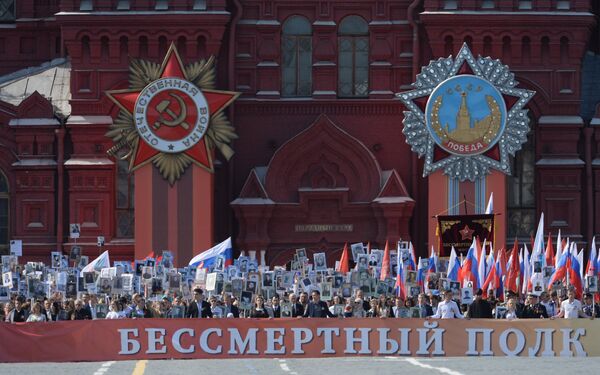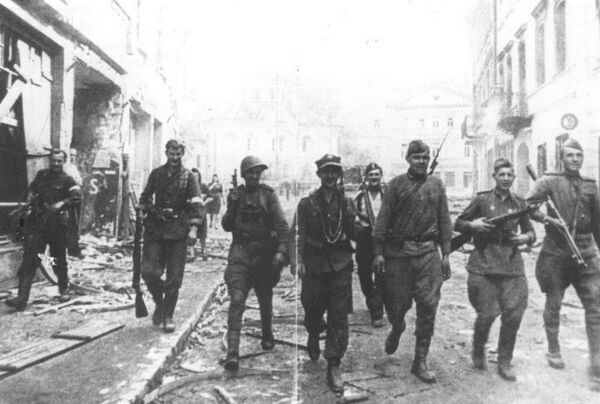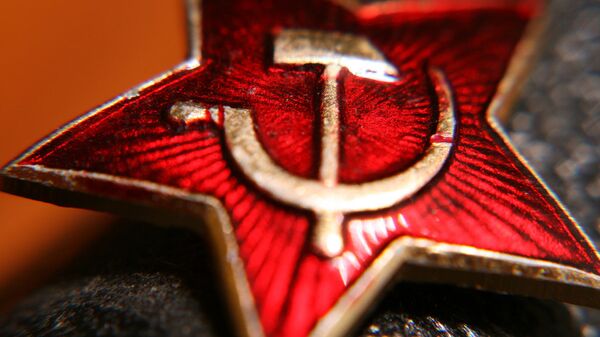Speaking to Russia's RIA Novosti news agency, Markowski said that while the Soviet military graves would remain mostly unaffected by the recently adopted amendments to the 'law on decommunization', which will result in the demolition of about 230 monuments to the Red Army, "purely symbolic" objects, including the hammer and sickle symbol, will be removed.
The updated law, adopted this summer, officially steps into effect October 21.
"The graves of soldiers, regardless of their nationality, religion, etc. are holy places for us, as for the Polish state," Markowski said. However, images of Soviet wartime leader Joseph Stalin, hammer and sickles, and other references to the Red Army's ideology, will be removed. As for the red star, the symbol of the Red Army, it will be allowed to remain, the official said.
What's more, it is part of the Order of the Patriotic War, a Soviet military decoration awarded to all soldiers in the armed forces and partisans for their heroic deeds during the Soviet-Nazi German conflict during World War II.

In the drive to liberate Poland from the Nazis, over 600,000 Red Army soldiers laid down their lives, more than in any other country apart from the Soviet Union itself.
Moscow has voiced repeated protests against Warsaw for its decision to raze the monuments. Observers, both Polish and Russian, have pointed out that the monuments were created by Polish sculptors, with many of them dedicated not just to Red Army soldiers, but to the Soviet-allied Polish forces who fought to help free their country from Nazi occupation, and joined the Red Army in its drive to take Berlin.




